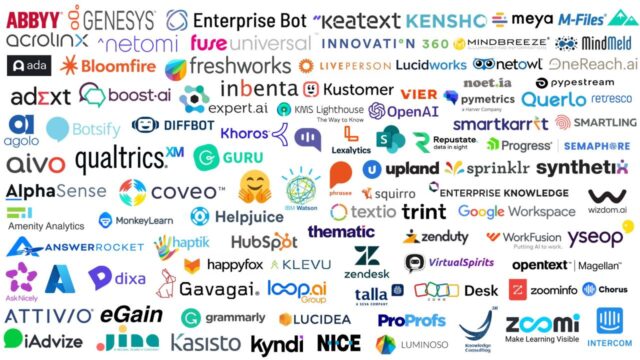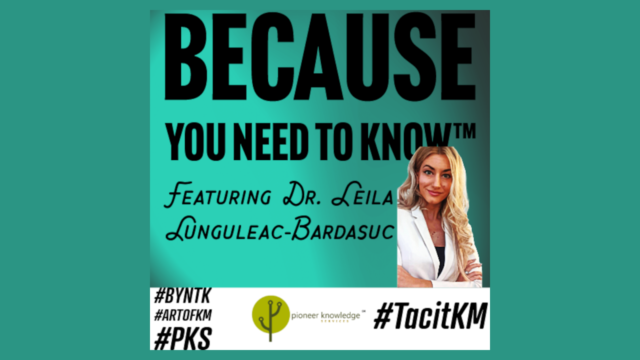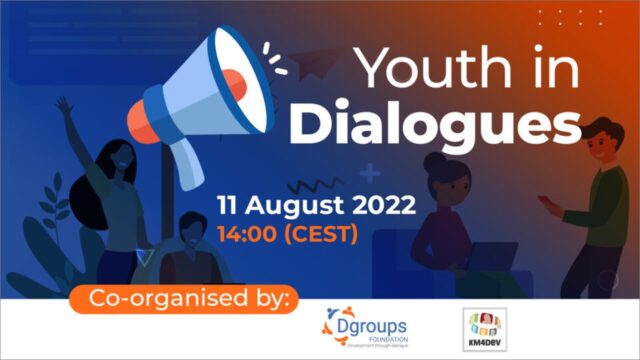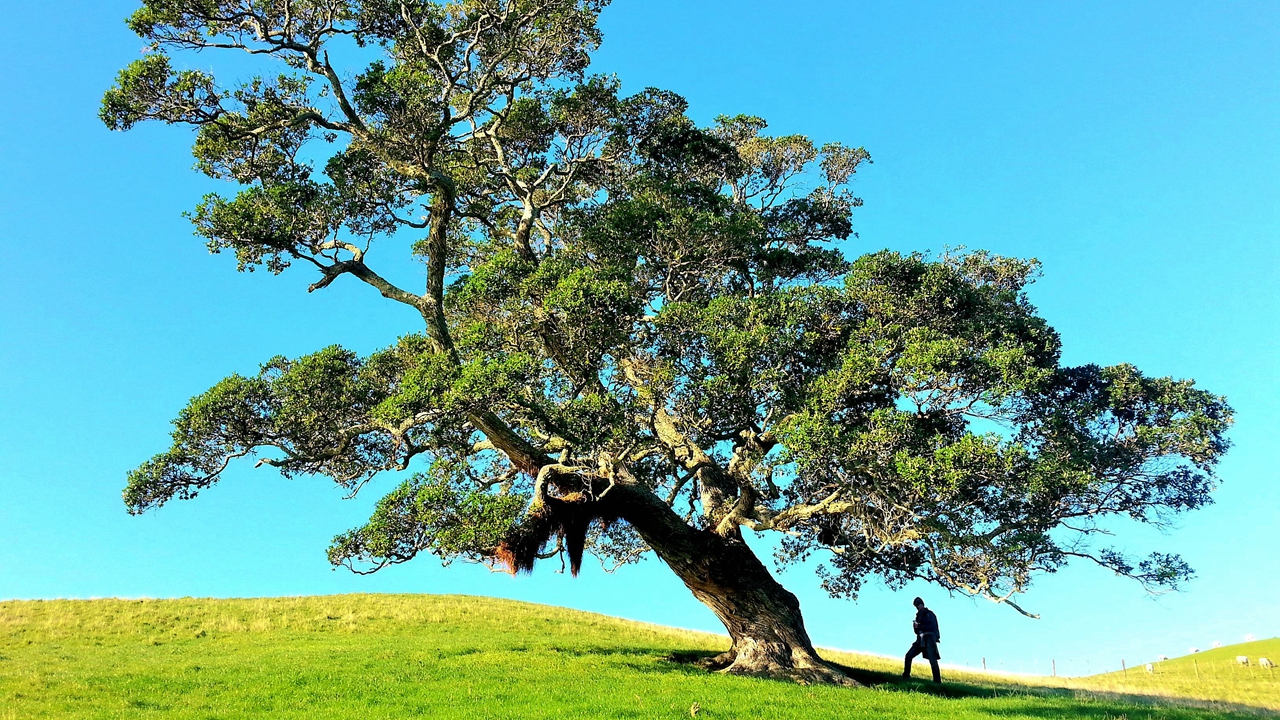
Thriving as sustainable entities: how knowledge management empowers organizations and individuals
The purpose of knowledge management1 is to enhance organisational performance by explicitly designing and implementing tools, processes, systems, structures, and cultures to improve the creation, sharing, and use of all three types of knowledge (human, social, structured) that are critical for decision-making.
Knowledge management: a science about humanity
“Information can be so overwhelming and confusing for people.” I had this feeling when my grandmother showed me the long list of more than 10 kinds of medicines she had to take after being discharged from the hospital.
This was certainly a detailed medication list with the name of the medicine, the time, frequency and method of taking it, also contraindications in medicine. However, it proved to be senior-unfriendly, because the elderly are not machines that can just take the right medicine by processing computer instructions.
After talking with my grandma, I designed a medicine pocket chart for her. Each colored label in the plastic storage pocket indicates when and how to take the medicine with enlarged Chinese characters typed on. It is much easier for my grandma to use than to refer to the original list with a magnifying glass.
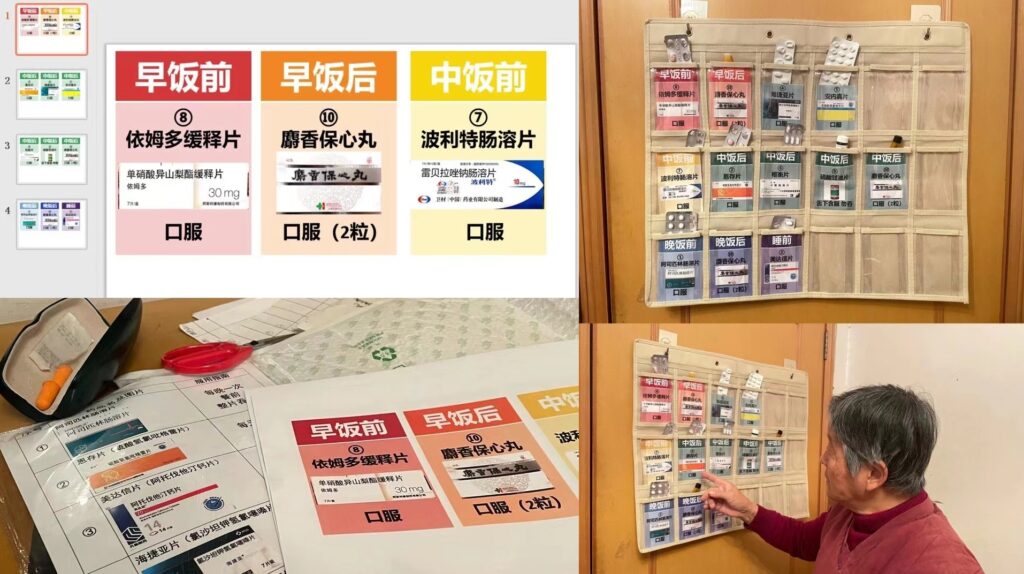
That’s one of my aha! moments about the mission of knowledge management (KM): it should be human-centered and facilitate humans.
As long as the information is not properly organized and used effectively, it is just a bunch of passive data. It’s like someone stuffing a warehouse with balls of yarn collected everywhere, yet unfortunately, lacking the method of how to knit wool into delicate sweaters. We risk becoming information-addicted hamsters if we only indulge in searching and hoarding information without processing it into knowledge and applying it to our actions.
After graduating from university in 2020, I joined the EdTech sector of a Fortune 500 company and dedicated to providing consulting and customized solutions to our customers. During my career journey, I found my passion and talent for managing knowledge assets and boosting organizational productivity with personal initiative. In partnership with the team from ByteDance Feishu (equivalent to Lark, an enterprise collaboration platform developed by ByteDance), I designed tools to enhance the team’s efficiency, productivity, and effectiveness.
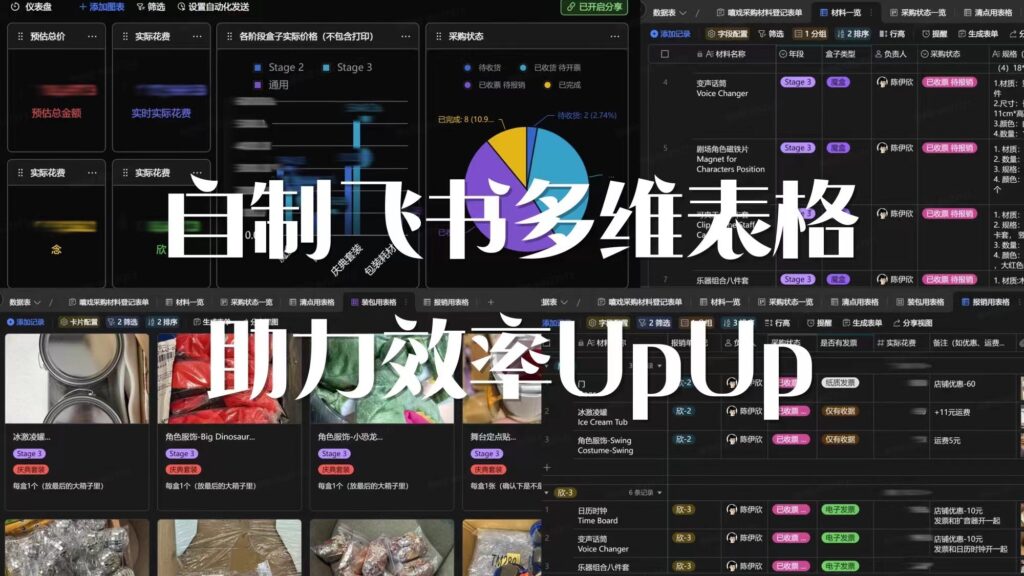
By implementing my transformation plan using Feishu, the work processes of a 20-person department significantly accelerated, saving over 24,000 RMB per month in manpower and travel costs.
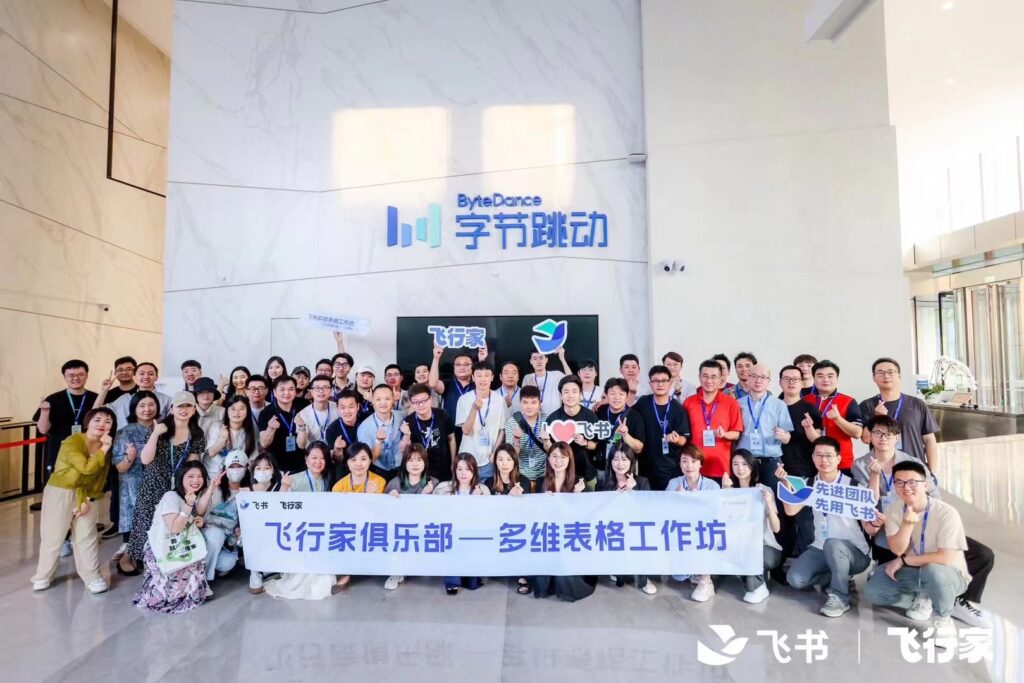
As the Efficiency Pioneer, I participated in ByteDance’s activities in Shanghai, sharing practical Feishu experiences during roundtable discussions. Again, I realized the plan is just a hypothesis, the implementation must take human nature into consideration to make sure it goes smoothly, in other words, to empower employees to enhance productivity, rather than squeezing their time and energy.
KM practices at NTU KM programme
In 2023, I received my admission offer for the knowledge management programme at Nanyang Technological University (NTU) Singapore and embarked on my journey of exploring how KM facilitates work and life as a human-centered approach.
At the beginning of the semester, I volunteered to be the class representative and coordinator, wishing to be a bridge between the Wee Kim Wee School of Communication and Information (WKWSCI) and classmates and create a friendly and efficient learning environment.
I continued to choose Feishu (Lark) as the KM technology after investigating its features and KM methodology.
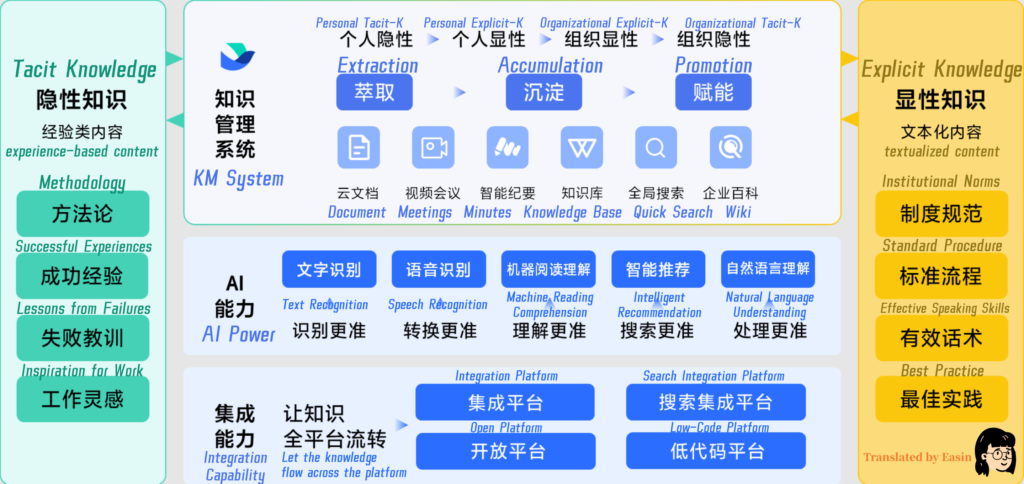
The following are two of my KM practices at NTU KM programme using Feishu (Lark).
Practice 1: Course information bulletin board
As a class rep, the first challenge I encountered was how to ensure that course-related information was accurately and reliably conveyed to a total of 160 students across two courses, including both full-time and part-time students.
Here is my analysis and solution:
- Pain points: Information complexity and accessibility, Changeable schedules, Group registration fairness and transparency.
- Solution: Use Feishu Docs & Base to build a bulletin board for reference.
- Function realization: Information organization and integration (real-time updates), enhancement of readability, and avoidance of information noise.
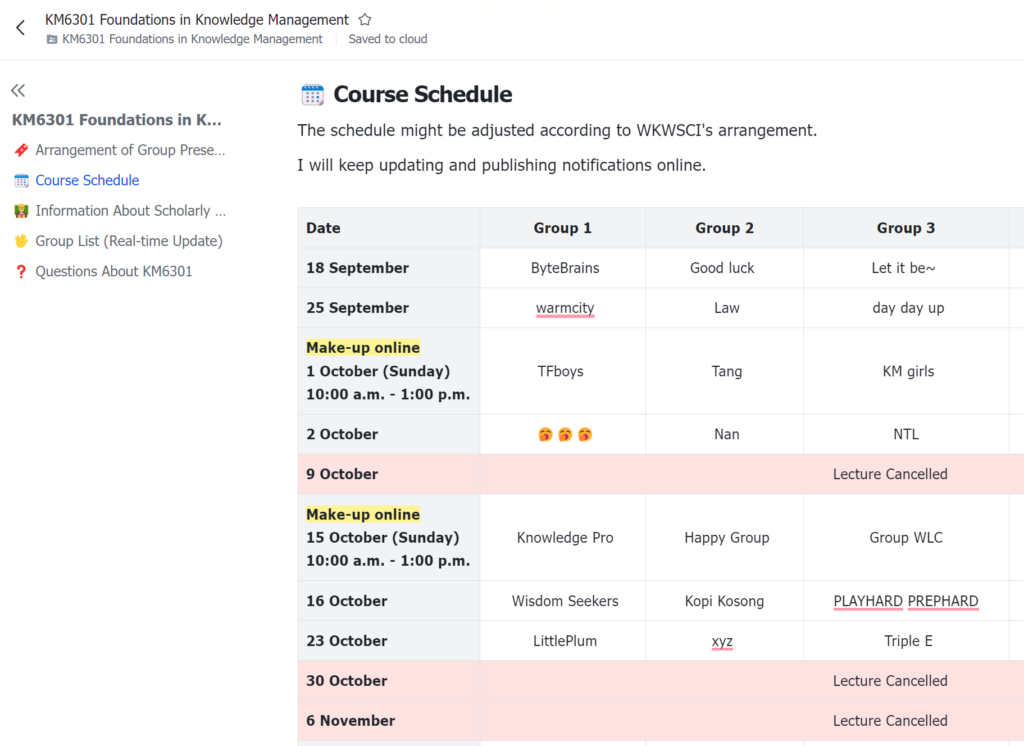
I created a home page for each course, and posted the information in a reader-friendly way, just like building blocks.
- Course schedule: Course arrangements in the format of the table. Special dates (online or canceled lectures) are highlighted.
- Information about scholarly presentations: Evaluation and suggestions about presentations.
- Group list: Register a team of 3 by submitting the survey form with information on preferred dates and reading materials and so on. The arrangements of the presentation will be generated automatically based on the principle of “first come, first served.”
- Questions about the course: Submit questions and the class rep will confirm with the professor and post the information on a weekly basis.
Once I told Dr. Lee Chu Keong that I didn’t want anyone to feel isolated. So I made sure all the notification of updates was sent simultaneously on WeChat and WhatsApp due to different user habits. Inevitably, there will always be a majority and a minority anywhere, but what I strive to achieve is to ensure that the information both sides receive is as symmetrical as possible.
After all, knowledge management is getting the right knowledge for the right people at the right time, so they can make the best decision.
Practice 2: Knowmads’ way of cooperating
Another practice is for Dr. Adrian Heok’s course. He wanted our groups to be sufficiently diverse, so we needed to prove our diversity before forming groups and we also needed to figure out how to manage a group of members with diverse backgrounds.
The course presentation group collaboration was also conducted on Feishu. In the team, my role is more akin to a team coordinator than a team leader, as every member of the group is very proactive in participating and eager to contribute ideas.
Here is my analysis and solution:
- Pain points: Data collection and visualization, group meeting scheduling, knowledge storage and refinement.
- Solution: Use Feishu Docs, Base, and Messenger to set up a collaborative workspace.
- Function realization: Visualization of diversity, collaborative work log, information synchronization station.
Dashboard to visualize our diversity
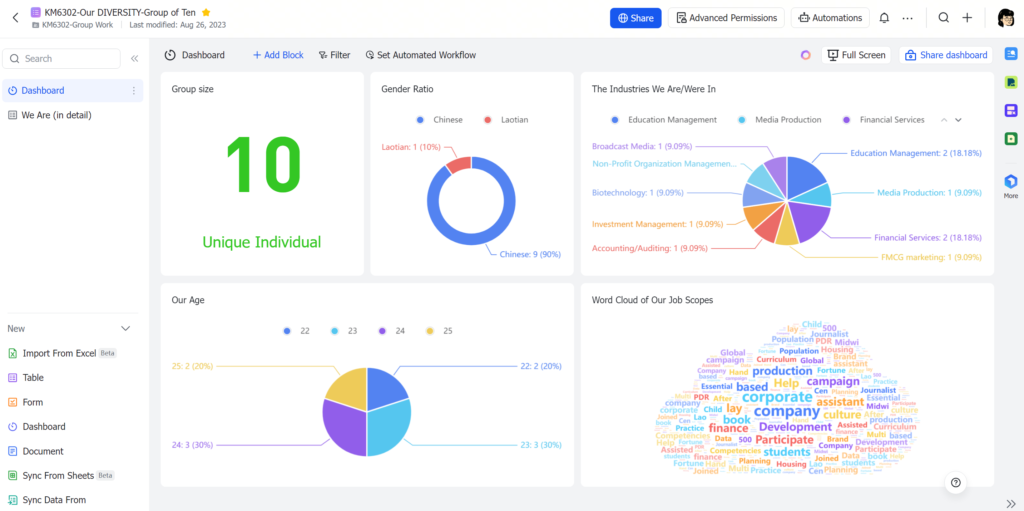
It’s somewhat like the concept of customer service, where we only provide information that customers can quickly grasp. Complex information is noise to the recipient, so how do we reduce this noise?
Firstly, we need to consider where our diversity is reflected, and then design a sheet in Feishu accordingly.
Next, we will collaborate online to fill out the sheet together, paying attention to the consistency of the formatting.
Finally, through the dashboard feature of Feishu’s Base, we can visualize our diversity with different types of charts and diagrams.
Work cooperatively in a distributed environment
What is difficult is not transferring content from place to place, but transferring it through time, especially when team members have different schedules and are in different places, or to say, work in a distributed environment, which broadly refers to arrangements where people are based in different locations and may rely on digital communication tools to collaborate.
Using Feishu Docs and its related functions, I set up a workspace to post our timeline and assign tasks, and each group member can do their tasks when his/her time is available. In that way, we were trying to be knowmads2, a creative, imaginative, and innovative person who can work with almost anybody, anytime, and anywhere.

When organizing our thoughts, we used the mind map plugin in Feishu Docs for real-time updates through multi-person collaboration. Also, we were able to comment on the other’s thoughts in the docs.
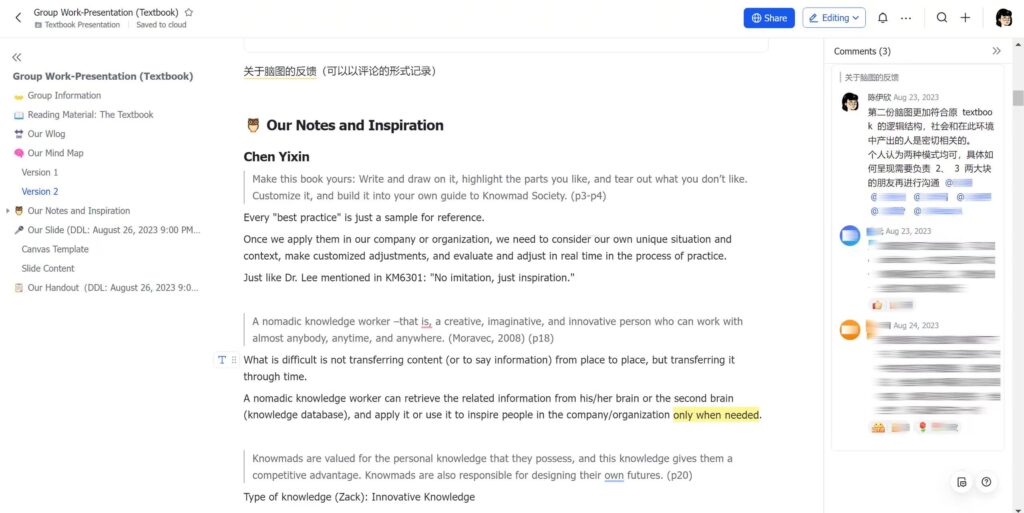
For cooperation, we exchanged ideas through Messenger and held online meetings. I intentionally invited each group member to share their thoughts or suggestions for improvement, trying to build a virtual “ba” where everyone is fully respected and valued as a unique individual.
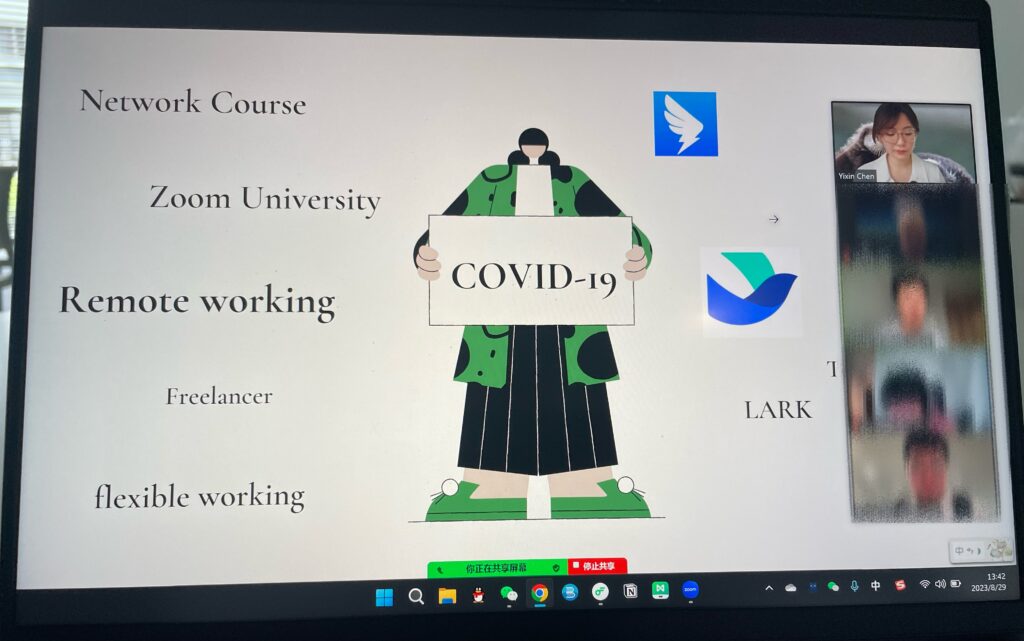
One of the reasons I enjoyed this collaboration is that everyone was very sincere and eager to share their prior learning and work experiences. This is also an aspect I appreciate about the KM project; we are constantly challenged to step beyond our existing experiences and break free from our preconceived notions, enabling us to discover and learn new knowledge.
Knowledge is personal in the sense that people have different interpretations and different ways of reasoning. From the same information, different people may understand and infer different things. And by seeing and interpreting things differently, new knowledge is created.
This is also the viewpoint that Dr. Heok has always advocated, and one with which I deeply agree:
Manage knowledge to build a human-oriented environment
When we consider knowledge management and technology, we have to ask ourselves a question: technology and humans, which comes first?
Technology does enhance organizational learning, just like the concept our lecturer Mr. Rajesh Dhillon mentioned in our course: knowledge management primarily involves people (70%), followed by process (20%) and technology (10%). Or, as Arthur M. Langer stated3, “Not all technologies should be, or can be, used to generate competitive advantage.”
It’s not that people can’t use tools; rather, they lack the corresponding way of thinking. The ultimate goal of knowledge management should be to cultivate a culture of learning and sharing within the organization, as well as to develop and maintain methods of knowledge creation and preservation that are tailored to the organization’s realities. When KM technology is phased out, both organizations and individuals should still be able to self-renew and iterate on relevant knowledge, because the methodology has been internalized.
So that organizations and individuals will thrive as sustainable entities, with knowledge flowing freely through every vein of the organization, turning the enterprise into a living entity capable of self-drive, self-regulation, and self-transformation. Through learning and communication, individuals also continuously enhance their knowledge accumulation, becoming vibrant individuals capable of self-motivation and self-transcendence.
Epilogue
Regarding the future landscape of knowledge management empowering organizational development, I would like to share a quote from Mr. Wu Qinghai, the former Chief Knowledge Officer of COFCO. This also represents my expectations for knowledge management, this niche discipline and area.

当更多重复性工作被机器代替后,人将有更多的时间进行玄思静观。
(When the tedium of repetitive labor is supplanted by machines, humanity will find itself afforded more time for profound contemplation and serene introspection.)
这种具有持续不间断性、伴随着幸福和愉悦,并具有自足性的过程,可以真正让 “万物之灵” 的人类怡然自乐而不假外求,超越自己并不断启发唤醒内在的智慧,回归对 “真、善、美” 等终极真理的追求上。
(This enduring, unbroken process, suffused with joy and contentment and marked by a sense of self-sufficiency, can genuinely enable the ‘spirit of all things’—humankind—to bask in self-fulfillment without seeking external validation. It allows us to transcend ourselves and continuously inspire and awaken the wisdom within, guiding us back to the pursuit of ultimate truths such as ‘Truth, Goodness, and Beauty’.)
Article source: Adapted from Thriving as Sustainable Entities: How Knowledge Management Empowers Organizations and Individuals, prepared as part of the requirements for completion of course KM6304 Knowledge Management Strategies and Policies in the Nanyang Technological University Singapore Master of Science in Knowledge Management (KM).
Header image source: Gilly Stewart on Unsplash.
References:
- De Long, D. W., & Fahey, L. (2000). Diagnosing cultural barriers to knowledge management. Academy of Management Perspectives, 14(4), 113-127. ↩
- Moravec, J.W. (Ed.) (2013). Knowmad Society. Education Futures. ↩
- Langer, A. M. (2018). Information technology and organizational learning : managing behavioral change in the digital age (Third edition). CRC Press. ↩



